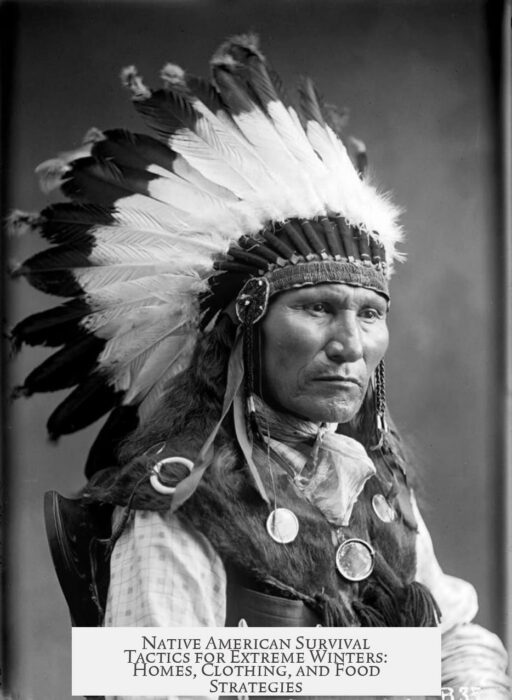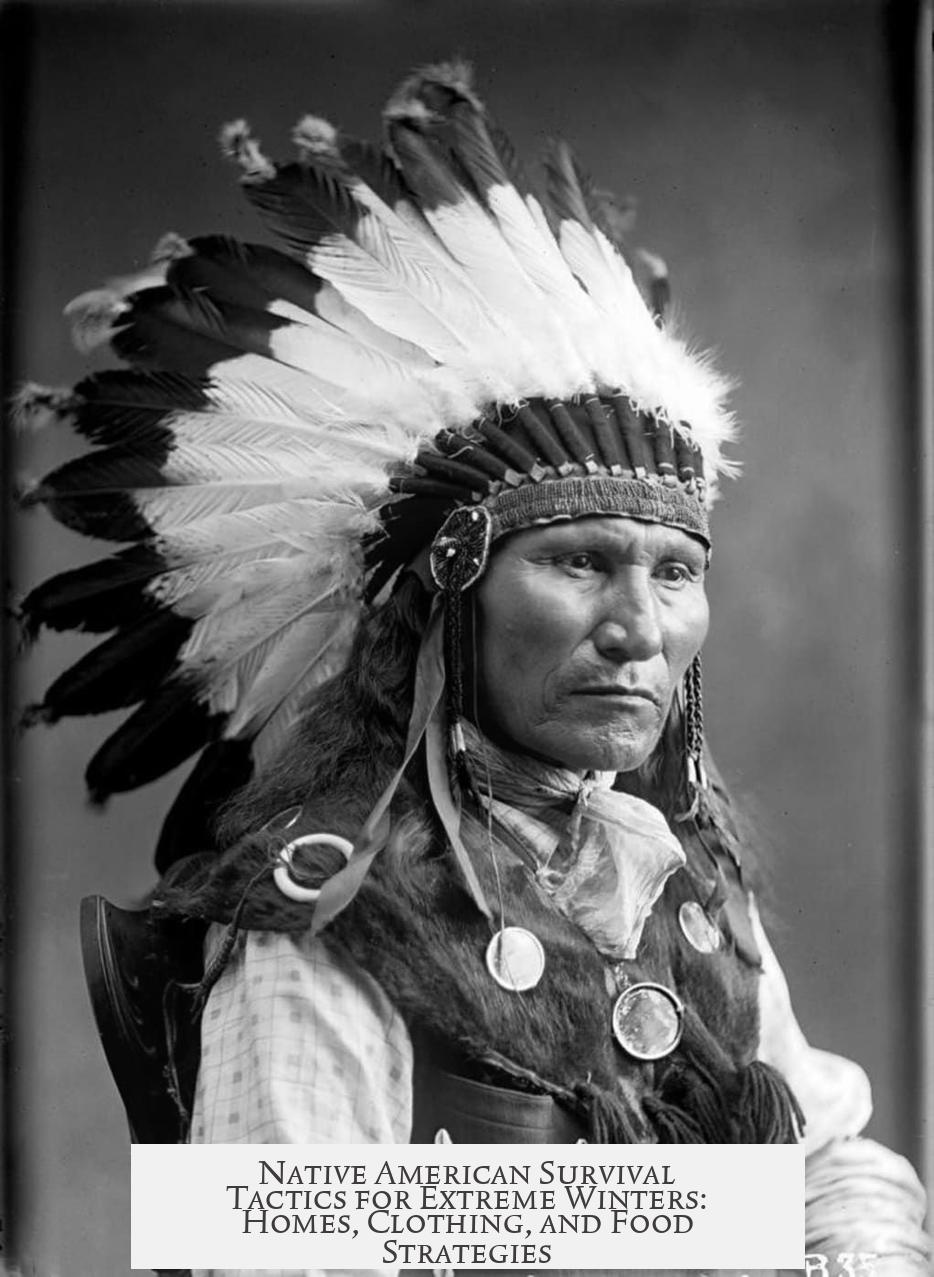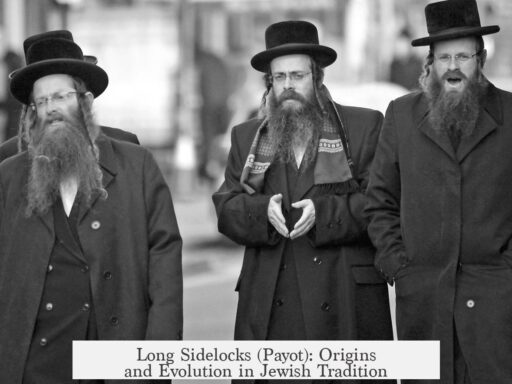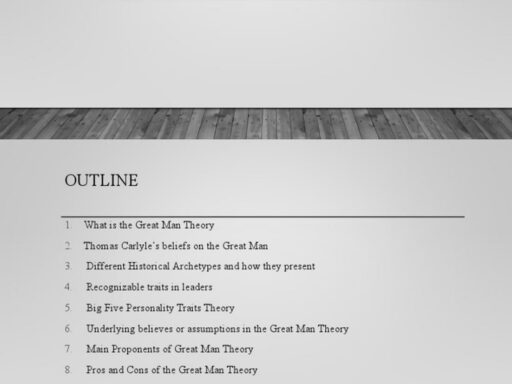Native Americans survived extreme winters through region-specific architectural designs, specialized clothing, resourceful food strategies, and efficient use of fire and mobility. Their deep environmental knowledge enabled enduring some of the harshest climates in North America, from the Arctic tundra to the temperate forests and plains.
Structural adaptations directly responded to local climates and available materials. In the Southwest and Rocky Mountain regions, tribes like the Pecos and Diné built insulated homes such as underground kivas and soil-covered hogans. These structures utilized earth’s natural insulation and managed smoke through designed ventilation. The Ancestral Puebloans carved multi-level pueblos into sandstone, combining fortification with effective temperature control.
In the Pacific Northwest, tribes constructed plank houses from cedar and redwood, embedding multiple hearths strategically inside. These large, communal dwellings—supporting up to 25 people—had deep foundations and sealed walls for heat retention. Fireplaces in the middle, entrance, and corners burned simultaneously, distributing warmth evenly. The floors featured planks and insulating materials like dried grasses and furs.
Northern tribes such as the Inuit built snow homes—igloos and snow caves—that exploited the insulating properties of snow. Their clothing featured loose-fitting furs allowing air circulation to prevent sweat freezing. They shared body heat by sleeping together under large furs and used blubber fires for warmth and cooking. Dogs provided crucial transport by sled during travel and hunting.
East of the Mississippi, longhouses and caves served as winter shelters. The Haudenosaunee (Iroquois) lived in bark-covered longhouses, which housed large extended families and contained multiple fire pits. Smoke was carefully vented but also trapped indoors to help preserve food and aid insulation. Caves offered temporary refuge for groups like the Mi’kmaq, who sealed entrances with conifer branches to receive smoke vents and block snow.
Clothing reflected environmental demands. Baggy fur garments allowed airflow preventing sweat accumulation, unlike European wool layers that often trapped moisture. Indigenous people layered furs and applied insulating substances like bear grease to children. Footwear such as layered moccasins minimized cold exposure, though European settlers often disregarded this practice.
Fire played a central role within homes and camps. Hearth locations were chosen for optimal heat dispersion. Structures maintained several fires at once, and smoke was managed to preserve food and reduce heat loss. Some towns preserved heat by packing smoke downward inside walls.
Food security rested on seasonal strategies. Summer and fall hunts yielded fish, game, berries, nuts, and roots, which were preserved through drying and smoking for winter use. Large community hunts of buffalo and caribou enabled stockpiling of meat. Although winter hunting occurred, it was often supplementary, with many tribes dispersing into smaller bands for resource efficiency.
Mobility enhanced survival during winter. Frozen rivers became natural highways in the northeastern forests. Arctic tribes used dogsleds for rapid transport of supplies and hunting parties. Temporary shelters like snow caves or natural caves provided refuge during severe storms.
European contact introduced new challenges and exchanges. Europeans lacked Indigenous winter survival knowledge, often experiencing hardship. They traded for furs and sometimes adopted Indigenous gear like snowshoes. However, some Indigenous techniques, such as layered moccasins, were overlooked or rejected, leading to less effective cold-weather practices.
Indigenous winter survival combined architecture, clothing, food management, fire use, and mobility precisely tailored to their environments. Their expertise offers valuable lessons in adaptation and resilience.
| Region | Winter Survival Strategies | Example Tribes |
|---|---|---|
| Southwest & Rockies | Subterranean homes, earth insulation, ventilated fires | Pecos, Diné, Ancestral Puebloans |
| Pacific Northwest | Plank houses, multiple hearths, sealed walls | Dionisio Point cultures |
| Arctic & Northern Canada | Snow shelters, baggy furs, blubber fires, dogsleds | Inuit and Northern peoples |
| Eastern Woodlands | Longhouses with fire pits, caves, layered clothing | Haudenosaunee, Mi’kmaq |
| Great Lakes & Northeast | Seasonal hunting, frozen river travel, fur-lined clothing | Iroquois, Algonquins |
| Southern Plains | Winter camps with windbreak fences, insulated tipis | Various Plains tribes |
- Housing construction emphasized insulation, ventilation, and communal heat retention.
- Clothing was designed to balance warmth with moisture management.
- Fire management inside homes was crucial to maintain heat and preserve resources.
- Food preservation and summer harvesting ensured adequate winter stores.
- Mobility, including using frozen rivers or dogsleds, facilitated food access and shelter.
- Oral traditions supported transmission of survival knowledge across generations.
- European colonists adopted some but not all Indigenous winter techniques, affecting their success.
How Did Native Americans Survive Extreme Winters? The Secrets Beneath the Snow and Frost
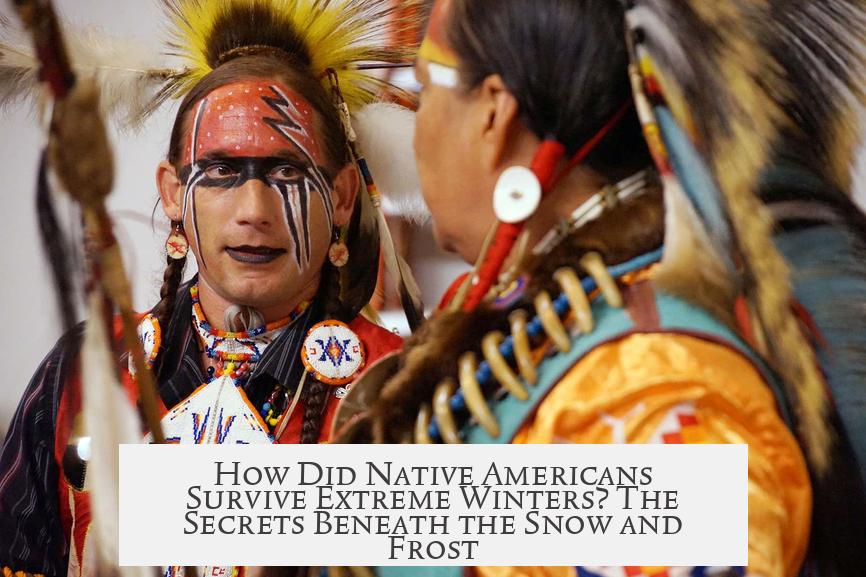
Survival in bone-chilling winters was a result of ingenious architectural designs, skillful use of natural resources, seasonal mobility, and deeply-rooted cultural knowledge preserved over millennia. Native Americans did not merely endure cold; they thrived in it by harmonizing with their environment.
Let’s unwrap how different tribes across North America tackled winter’s icy grip with clever homes, warm clothing, strategic food storage, and travel methods that made the frozen months manageable—even comfortable!
Building for the Cold: Homes That Hugged the Earth
Picture the Pecos people of Northern New Mexico, crafting kivas. These underground homes dug into thick clay and limestone were nature’s perfect insulation. Thanks to Earth’s cool yet steady temperature, any fire lit inside stayed warm and cozy. Ventilation systems allowed smoke to escape while sealing out the bite of winter winds. The essence? Trapping heat and keeping elements out.
Not far off, the Diné (Navajo) people atop the Colorado Plateau built hogans—large circular structures made of wood and soil. With a central fireplace and chimney, these homes were one-room powerhouses of warmth sealed tight against winter’s chill. Meanwhile, Ancestral Puebloans in Utah and Colorado carved their multi-level pueblos into sandstone cliffs. These pueblos blended fortification and insulation, serving as perfectly weatherproof, durable shelters.
On the rainy, chilly Northwest Coast, plank houses took center stage. Crafted from western red cedar, they sat on foundations dug 60 centimeters deep to resist wind and retain temperature. Multiple hearths dotted these homes, with fires burning simultaneously, distributing heat evenly across the large communal spaces that could host 25 people. Floors loaded with planks, dried grasses, furs, and walls sealed with mud and moss turned these houses into warm fortresses against the damp cold.
Venturing further north to Greenland and Northern Canada, the Inuit showcased a survival marvel by using snow itself as a building block. Enter the igloo: a dome of compacted snow, perfectly insulating, despite common assumptions. They paired this with baggy furs that allowed air circulation—preventing sweat from freezing to skin, a high-risk winter hazard. Sleeping naked together under one large fur, sharing body heat, was a survival strategy few would think of but made perfect sense in harsh conditions. Dogs weren’t just pets but indispensable travel partners and pack carriers, pulling sleds across frozen expanses.
Woodlands Warmth: Longhouses and Caves
In the Eastern Woodlands, tribes like the Haudenosaunee (Iroquois) constructed massive longhouses, holding entire extended families. These elm bark and cedar-framed buildings were up to 50 feet long, insulated by thick furs and mats lining the walls. Strategically placed fire pits provided continuous heat. Smoke escaped through holes, but enough lingered indoors to preserve food and keep warmth packed down where people lived. Imagine 20 to 40 people living closely, with their collective body heat becoming a genuine warming factor.
On stormy days, Mi’kmaq villagers took refuge in limestone caves, blocking entrances with pine branches that let smoke out but kept the snow out. Fires kept the cold at bay in these natural shelters.
Clothing and Body Heat: The Art of Layering and Sharing Warmth
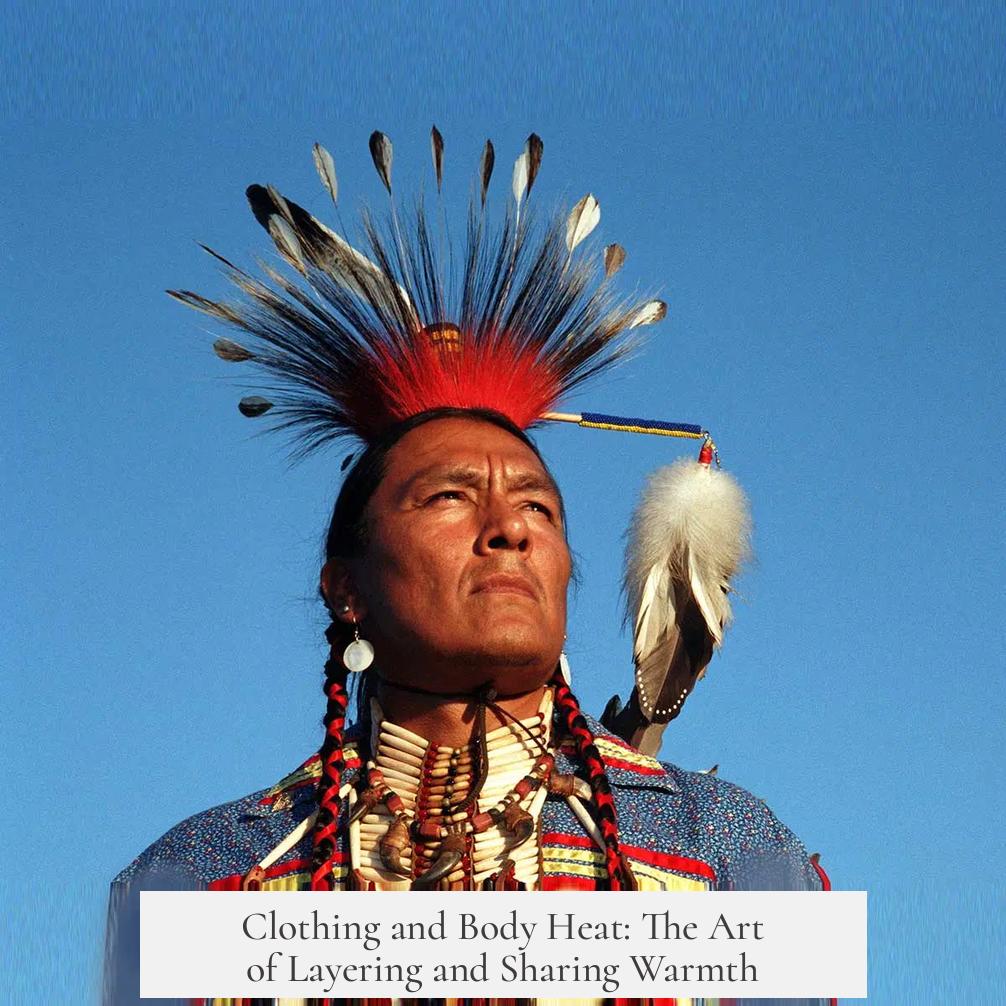
Cold weather clothing went beyond fur coats. Northern peoples mastered the use of baggy clothing allowing air to circulate between layers. This ventilation was crucial—sweat trapped next to skin could freeze and cause hypothermia. To prevent this, Inuit and other tribes used loose fur garments designed for airflow, a far cry from tightly-wound European wool outfits that often trapped moisture.
Bear grease slathered on children added insulation and probably a winners’ scent in the wild. Fur-lined pants, coats, and mukluks completed the ensemble, while sleeping naked together under a shared fur improved heat retention.
Fires and Hearths: The Backbone of Winter Warmth
Fires inside living spaces were not random or haphazard. Native peoples designed homes with ventilation to let smoke out without losing precious heat. Whether kivas, hogans, plank houses, or longhouses, multiple hearths or central fires distributed warmth efficiently. Smoke performed double duty by helping preserve food inside homes and by settling downwards to maintain a warm floor.
Multiple hearths—like in the Dionisio plank houses, with fires in the middle, entrance, and corners—kept rooms evenly heated. This was far smarter than a single fire pit might suggest, showcasing a deep understanding of thermodynamics.
Food Strategies: Early Refrigerators and Winter Pantries
No winter survival plan is complete without food. Summer and fall hunting, fishing, and gathering were critical. Tribes harvested fish, berries, nuts, and roots, drying and smoking them to last the cold months.
Large-scale buffalo and caribou hunts during migration seasons stockpiled meat. Even though winter hunting happened, it became more supplementary than essential—food security came from careful preservation and storage. This foresight provided a steady, reliable food source during months when nature seemed frozen still.
Mobility and Seasonal Migration: Winters on the Move
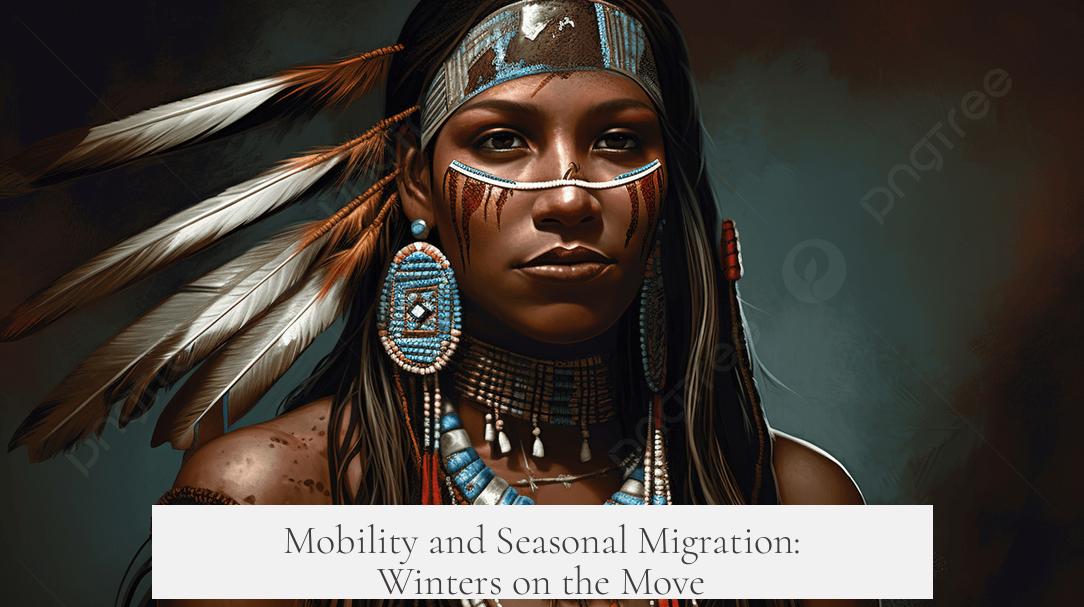
Not all tribes hunkered down in one spot. Many, such as the Iroquois and Algonquins in the Northeast, dispersed into smaller bands during winter. Hunting groups became more nimble, capitalizing on frozen rivers that doubled as natural highways. Dogsleds in the Arctic made travel quicker and hauling supplies across snowy expanses possible.
Temporary shelters like snow caves or limestone caves served as pit stops against harsh weather—often built for adaptability and quick relocation rather than permanent freezing-in-place.
What Changed When Europeans Arrived?
European settlers struggled with winter survival. Many lacked the refined cold-weather knowledge native peoples perfected over thousands of years. Without Indigenous techniques, Europeans suffered greatly.
Trading furs and pelts with exploration parties like Lewis and Clark proved essential—furs were the best insulation money could buy. The French borrowed snowshoes but often rejected the layered moccasin technique, which actually worked better for cold, wet conditions. This sometimes led to their discomfort or worse in extreme weather.
Missionary and colonist accounts, though sometimes biased, offer detailed glimpses into Native winter life, underscoring Indigenous expertise in winter survival as something to admire and learn from.
Where to See These Traditions and Learn More?
- Pecos National Historic Park, New Mexico – Explore kivas and hear stories of subterranean winter homes.
- Navajo National Monument, Arizona – Discover hogans and Diné traditions.
- Canyonlands National Park, Utah – See Ancestral Puebloan structures carved from sandstone.
- Mesa Verde, Colorado – Home of cliff dwellings built for winter protection.
- Denver Museum of Nature & Science, Colorado – Learn about Indigenous winter survival in the Rockies.
- The High Desert Museum, Oregon – Offers detailed exhibits on Pacific Northwest Indigenous cultures.
In Conclusion: Surviving Winter Was a Master Class in Adaptation
Winter was a season with no room for error. Native Americans met the challenge not by fighting nature, but by partnering with it. Through underground dwellings, multi-hearth homes, smart clothing, preserved food, and keen navigation of frozen landscapes, they built a winter culture that balanced practicality with community.
Could modern winter survival learn even more from these age-old methods? Absolutely. These Indigenous techniques remind us of a simple truth: we survive best when we work with the world around us, not against it.
So, next time you layer up against the cold, remember the baggy furs, the cozy kivas, and the spirited fires that have kept people warm for thousands of years before central heating.
